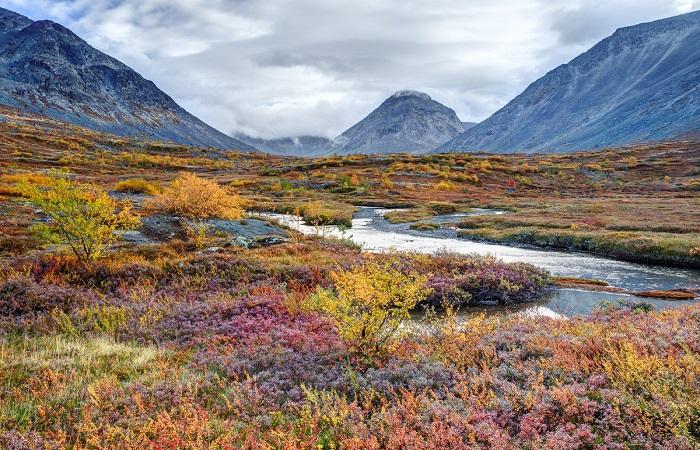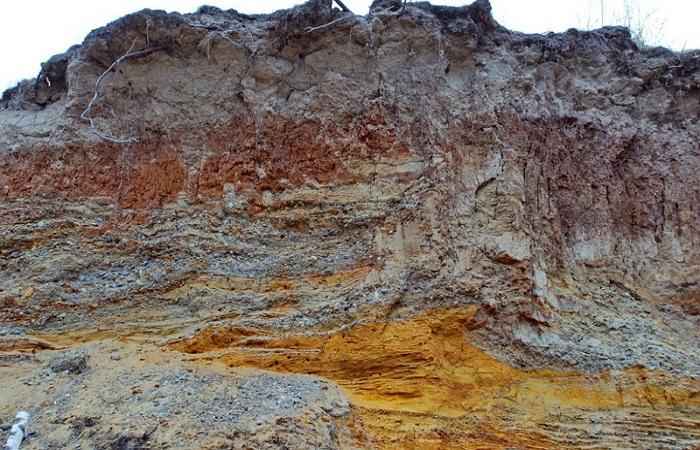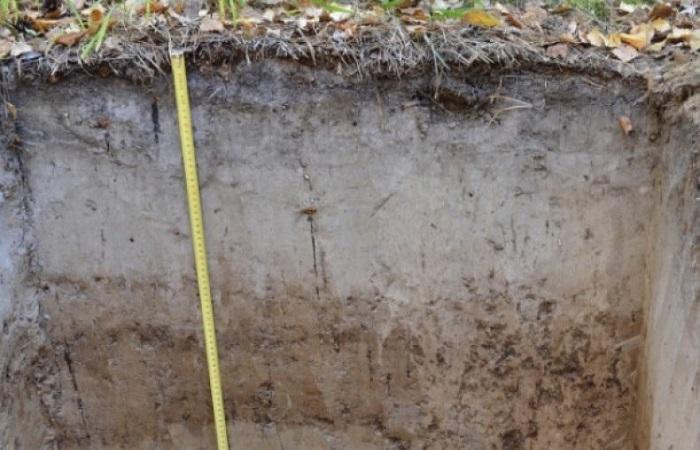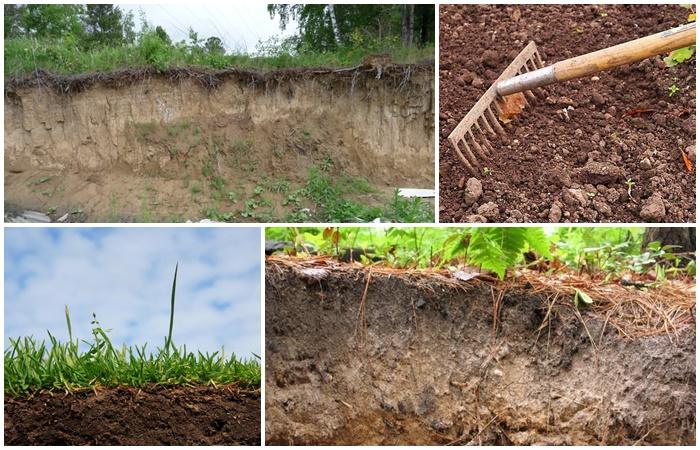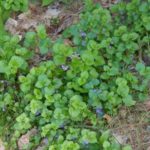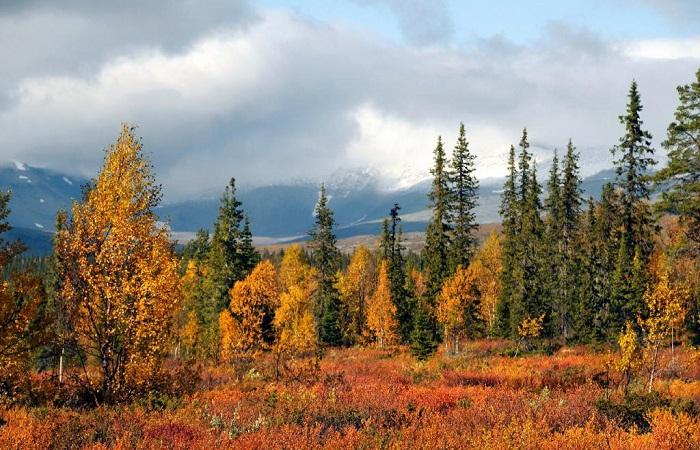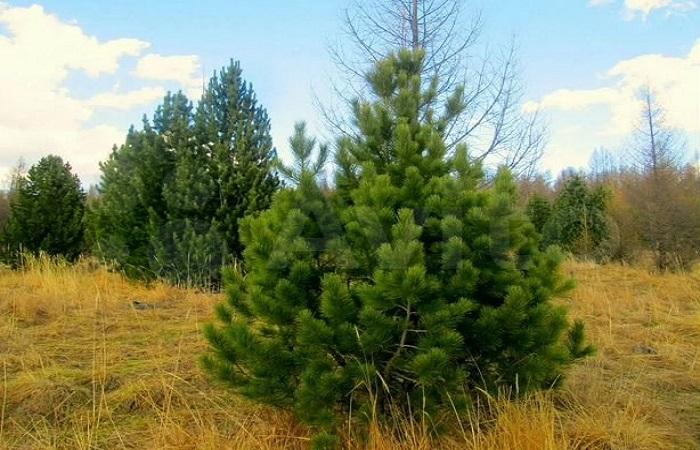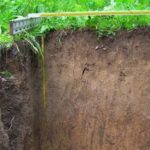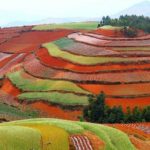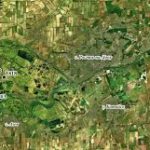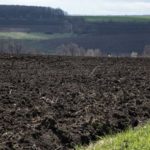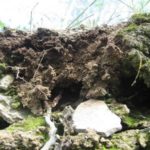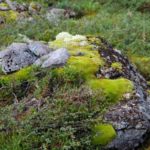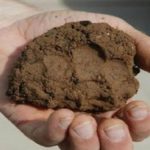The East European Plain occupies a huge area from north to south and from east to west. Its climate is, for the most part, temperate or temperate continental and therefore natural zonation is clearly manifested. Let us consider the characteristics of the soils of the East European Plain, common types, their composition, morphological characteristics and properties, and plant species diversity.
Features of soils of the East European Plain
The soils of the Russian Plain, like the vegetation cover, are distributed zonally. In the very north there is a tundra with coarse humus gley and gley soils.In the northern part of the taiga, the soil is gley-podzolic, further to the south it turns into podzolic and sod-podzolic. Such soil is also typical for mixed forests. Gray forest soils are formed in mixed forests and forest-steppe. Chernozems, ordinary, typical, podzolized, are formed in the steppes, chestnut and brown soils, solonchaks and solonetzes are formed in the Caspian lowland.
Common types
The structure, mechanical and chemical composition and properties of the soils of the East European Plain are very diverse, as they are formed under the influence of different climates.
Tundra coarse humus gley
Found only in the north of the plain. Organic matter from decomposed moss residues intensively accumulates in the upper layer. Most of the territory of the natural zone is waterlogged; with poor natural drainage, tundra peat-gley and peat-gley soils appear. On top they are covered with bedding 3-5 cm thick, which contains a lot of peat. Next come the humus, illuvial and permafrost layers.
Gleypodzolic
This type of soil is also found in the north of the East European Plain. They are combined with swamp soil. Gley-podzolic soils are found in well-drained areas on the slopes of flat hills. The top layer is represented by peat, then there is a light-colored gleyed layer. Beneath it there is an eluvial layer, its thickness is from 3 to 12 cm.
After it there is a transition layer and a textural horizon, which gradually passes into the underlying rock. Due to the low nutrient content, gley-podzolic soils cannot be used in agriculture.
Podzolic
They are formed in conditions of high humidity and low temperatures, typical of northern coniferous forests. They consist of several horizons: 3-5 cm of loose litter of moss, pine litter, mixed with peat. Then there is a humus-eluvial structureless layer 5-10 cm thick. Next is the podzolic horizon itself, dense, fine-grained, ash-whitish in color, its thickness is 10-20 cm. Below it there are two illuvial horizons, dense, structureless, with a thickness of 10 up to 50 cm, the top one is enriched with humus. The soil-forming rock is yellowish in color with bluish spots of gley.
Podzolic soils, even cultivated ones, are not fertile and contain only 1-2% humus in the upper horizon. They have an acidic reaction, are not saturated with salts and minerals, have a low degree of absorption, and generally have unfavorable physical properties.
Gray forest
Soils of this type are formed in the forest-steppe zone under leaching water conditions under broad-leaved and mixed forests with abundant vegetation consisting of different types of grasses. The parent rocks of gray forest soils in the European part of Russia are represented by loess and loam, and in Siberia - by loam and clay.
Gray forests consist of the following layers: thin forest litter, fine-grained lumpy gray humus horizon, in its upper part plant roots form turf. Then comes the humus-eluvial layer, with a thick siliceous powder of whitish color; it may not be present in dark gray soils.After it there is a grayish-brown eluvial-illuvial layer with a fine-angular structure and a brownish-brown illuvial horizon with a prismatic-angular structure.
Below it, a horizon transitional to the parent rock is discovered. It is less dense than the previous layer and less structured. It often contains carbonate new formations in the form of pseudomycelium and fuzzy spots.
Chernozems
Rich in humus, their dark color is given by humic acids and salts. They form under perennial herbaceous vegetation on loams, clays, and limestone in a temperate continental climate. The water regime is non-flushing or periodically flushing, characterized by annual alternation of drying and wetting, and a predominance of positive temperatures.
Humus accumulates from the rotting of a large amount of plant residues remaining in the soil every year. In percentage terms, the amount of humus in chernozems with high natural fertility reaches 15%.
Substances remaining after humification remain in the top layer. Nutrient elements in the form of organo-mineral compounds are fixed in the humus layer.
Vegetation
The tundra is dominated by small herbaceous vegetation, mosses and low shrubs.Around the lakes grows sedge-cotton grass vegetation, mixed with forbs and grasses. Further south, dwarf willows and birches appear mixed with lichens and mosses.
A transition zone called forest-tundra extends along the southern border of the tundra. Light forest appears here, which consists of Siberian spruce, winding birch and larch. The lowlands are occupied by swamps or dense bush thickets consisting of small willows and birches. Lots of berries - blueberries, blueberries, herbs and lichens.
In the taiga of the East European Plain, coniferous forests are common; in the east of the taiga they alternate with mixed and broad-leaved forests. To the south, sandy plains appear - woodlands. Pine forests dominate on thin sandy soils. Low herbaceous vegetation predominates among the swamps in woodland.
In the European part of the taiga, coniferous forests of European and Siberian spruce coexist. In the west, beyond the Urals, there are Siberian fir, larch, and Siberian cedar. Pine forests occupy river valleys, in which alder, aspen, and birch are found. There are many swamps with sphagnum vegetation. Floodplain and dry meadows are also common in the taiga.
The forest-steppe zone alternates between low plains and hills, covered mainly with oak forests. Steppe chernozem is covered with perennial grass, often cereal grass. In the extreme southeast of the East European Plain, in the Caspian lowland, there are zones of semi-deserts and deserts and wormwood-grass steppes. Wormwood and feather grass grow here; in the south, saltworts predominate. Low-growing vegetation includes fescue, xerophytic feather grass, and subshrubs. In spring, tulips and buttercups bloom. In addition to black wormwood, salt licks, kermek and tamarix grow on solonetzes.
The soils and vegetation cover of the East European Plain exhibit clearly defined zoning. Over a large area of the plain, there is a visible change in natural zones - from the northern tundra to the southeastern deserts. Any soil-climatic zone is characterized by typical types of soil, species diversity of vegetation and associated fauna.

